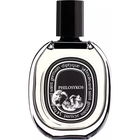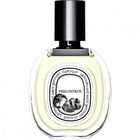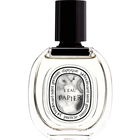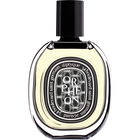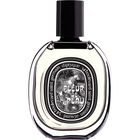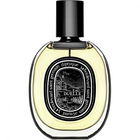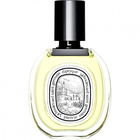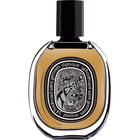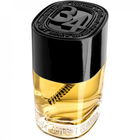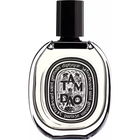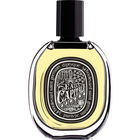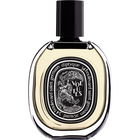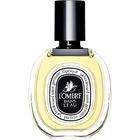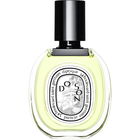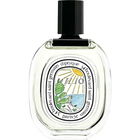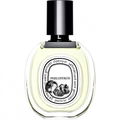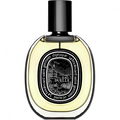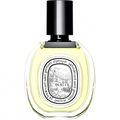
Meggi
1018 Reviews
Translated · Show original

Meggi
Top Review
15
Local Anesthesia
Is this supposed to be Tuberose? It gradually becomes clear to me that a nimm2 orange is involved. Additionally, clove adds its spice. This is a fairly strong, and due to the spice, somewhat demanding opening. Not uninteresting.
In retrospect, it can be noted that from the very beginning, almost everything that plays a role in the fragrance is already present, even a kind of waxy amber note that reaches an increasingly unfortunate dominance by midday - more on that later.
The distorted orange note on the aforementioned waxy base feels oddly fuzzy-sweet; I think of those throat lozenges with fruit flavor that slightly numb the tongue and throat with a local anesthetic. This explains - once again in retrospect - why I involuntarily wondered during my first test of Parchment whether the dentist now writes his invoices on parchment. That must have been the association with local anesthesia.
I can still identify a hint of smoked ham tar in the base. However, it is too timid to become a serious protagonist. The path is rather marked elsewhere, and consequently, by midday, we are dealing with a somewhat amusing mixture of tuberose-doped nimm2 and dark, amber-waxy vanilla. While this is not at all to my taste, it is certainly somewhat original.
However, as the fragrance progresses, it turns too much towards a banal waxy amber vanilla. Although the tuberose (including a remnant of orange, long more flower than fruit) is practically perceptible until the end, it hardly manages to set any accents. The skin cream quality of the dry down, by evening, unsurprisingly does not sweep me off my feet either.
Conclusion: If “Jasmine” in the first half were not so dreadful, “Parchment” would be the weakest candidate in my Angela Flanders test series. As it stands, it at least secures the second-to-last place.
In retrospect, it can be noted that from the very beginning, almost everything that plays a role in the fragrance is already present, even a kind of waxy amber note that reaches an increasingly unfortunate dominance by midday - more on that later.
The distorted orange note on the aforementioned waxy base feels oddly fuzzy-sweet; I think of those throat lozenges with fruit flavor that slightly numb the tongue and throat with a local anesthetic. This explains - once again in retrospect - why I involuntarily wondered during my first test of Parchment whether the dentist now writes his invoices on parchment. That must have been the association with local anesthesia.
I can still identify a hint of smoked ham tar in the base. However, it is too timid to become a serious protagonist. The path is rather marked elsewhere, and consequently, by midday, we are dealing with a somewhat amusing mixture of tuberose-doped nimm2 and dark, amber-waxy vanilla. While this is not at all to my taste, it is certainly somewhat original.
However, as the fragrance progresses, it turns too much towards a banal waxy amber vanilla. Although the tuberose (including a remnant of orange, long more flower than fruit) is practically perceptible until the end, it hardly manages to set any accents. The skin cream quality of the dry down, by evening, unsurprisingly does not sweep me off my feet either.
Conclusion: If “Jasmine” in the first half were not so dreadful, “Parchment” would be the weakest candidate in my Angela Flanders test series. As it stands, it at least secures the second-to-last place.
13 Comments




 Top Notes
Top Notes  Tuberose
Tuberose Heart Notes
Heart Notes  Bourbon vanilla
Bourbon vanilla Brazilian orange
Brazilian orange Nivskribdal
Nivskribdal Base Notes
Base Notes  Balsamic notes
Balsamic notes Musk
Musk Woods
Woods Seejungfrau
Seejungfrau Ergoproxy
Ergoproxy Yatagan
Yatagan